The Forgotten Coast
It was about a year ago when Dave asked me if I wanted to go on a fishing trip to Nicaragua. The goal was to chase Tarpon, Snook, and whatever else we could catch while doing a little photography for a Saltwater Sportsmen's article he was putting together. My first reaction to his proposal was "HELL YES!" but soon afterwards, a little apprehension set in.
Aren't they still at War in Nicaragua? Is it a safe place for a fishing trip? Malaria, Dengue Fever, etc? Don't the tribal people still kill & eat gringo’s on the Caribbean coast?

After doing a little research, networking with some people living there, by all accounts, Nicaragua is one of the safest places to visit in Central America. As they say, Life's supposed to be an adventure, let’s go for it....
Flash forward to February 21st, 2009. Dave and I are flying into Bluefields, NI on a small locally operated commuter Cessna. The ride over to Bluefields From Managua was a bit rough, with more than enough Thundercap-induced turbulence to make the ride "fun" in a small plane. The only way into the R.A.A.S is by boat or plane. No Roads in and out and very few cars aside from Taxi's one you get there. The whole eastern side of Nicaragua is divided into Autonomous regions, which when asked I got the response "The Region works with the government of Nicaragua, but isn’t really governed by it."
I get the feeling that everyone is pretty much on his or her own out there. Live simply, and by whatever means you can.
Here’s a map with our Pearl Lagoon route for reference:

We arrived at Casa Rosa to find a nice lodge located right at the mouth of the Rio Escondido. They have 6 rooms, a huge dining room/living room, A nice patio out back, Nicely stocked open bar, and it’s only 40 paces to the Pangas. Right after getting orientated, we’re ordered to throw our bags in the room… its time to go fishing. Put down your bag, pick up a beer, and walk out into the backyard where the boats await.

The first night fishing in the Rio Escondido, we tied into a Snook, a couple Trevally, no Tarpon:
Dave with a Jack caught on lighter steelhead gear:



The following morning, it was easy to get up, no matter how much Flor de Cana Rum was consumed the night before. Many call this Rum the best in the Carib, due to how smooth it drinks, and refreshing inability to produce a head-pounding hangover the next day.
We ran south about 25 miles to the southern end of Bluefields Lagoon, to the Kukra River. This river is lined by extremely lush Mangroves and forest, & in most places the river is merely 50 yards wide, with White-Faced monkeys, tons of parrots, and butterflies in your face to entertain.
Fishing wasn’t all that hot. We saw a Tarpon roll, hit a few eater Snook and a Jack or two after working our way into the jungle about 5 miles…
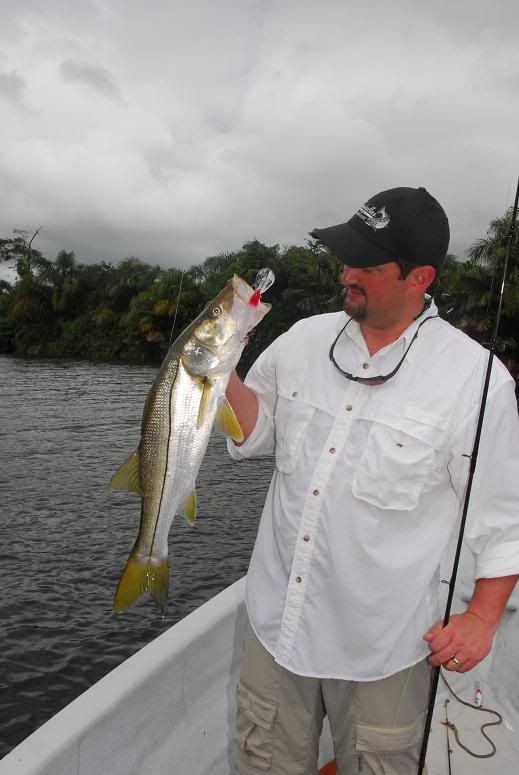


…then ran back to the lodge for lunch. On the way back, the Sky opened up and for the third time that morning, dropped more rain on us in 15 minutes than Seattle sees in a year. Or at least it felt that way.
Back at the lodge, We chatted for a bit with our host Randy, and he explained that the rainy season we had attempted to schedule our trip after hadn’t really ended yet.
You don’t say?
We had 25 kt. winds solid from the NE, and the all the waters we’d fished were turbid with runoff from the jungle. He explained that we’ll keep probing around Bluefields for good water that night, but if conditions didn’t improve, He would send us north to fish two days in Pearl Lagoon within more protected areas. Because of the distance and so we could fish more, we would stay overnight in a Moskito village at a friends place.
That night, more poor fishing, and murky waters. We caught a few more snook, a Trevally, and I caught a pretty cool little catfish with a big spike hidden in his dorsal, and 10 inch whiskers…

..but no Tarpon seen. The decision is made to run to Pearl the following morning.
Pearl Lagoon is largely uninhabited with the exception of the town of Pearl Lagoon and a few small Moskito villages. From Bluefields, it’s a good 3 hour run north in good weather, through windy mangrove waterways and across the length of the lagoon. It’s basically the equivalent of running from Tacoma to Port Townsend in length.
Overnight, Our guide Marco filled all the Panga’s onboard fuel tanks, plus a 55 gallon auxillary drum, 2 coolers full of food and beer, and we were set for the next morning. To make matters more interesting, it sounded like we didn’t even know if we would be welcome where we intended to stay that night in Barra del Rio Grande.

Like I said, Life’s an adventure….
After first-light start & long run north through whitecaps and rain squalls, we arrive at Evil Lagoon at the northern end of Pearl Lagoon, and meet two boats of Miskito’s shrimping at the entrance of the Lagoon:
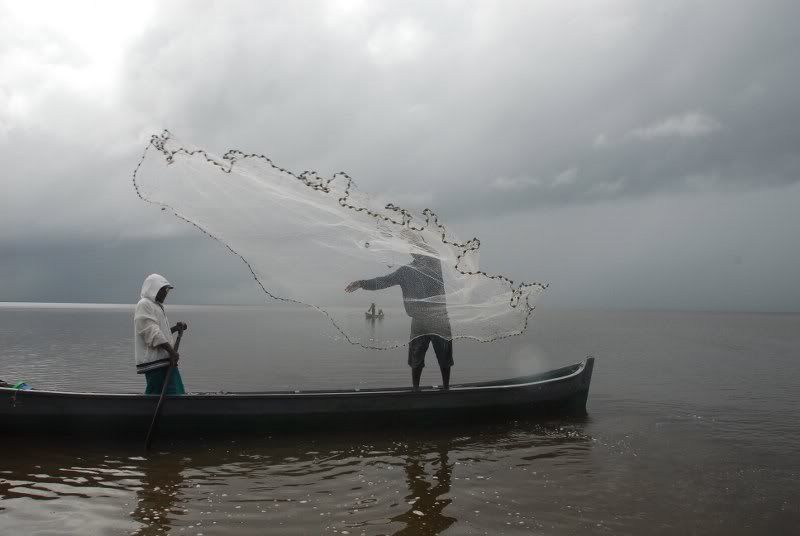
These were the first people we had seen in 40 miles, there wasn’t anyone else around.
Entering Evil lagoon:

Evil Lagoon is a 4-5 acre Lagoon that’s best described as a Tarpon playground. Outside Evil in Pearl, there are no fish rolling, no signs of life, but within the protected confines of Evil Lagoon, it’s a Tarpon Paradise. Small schools of 60-80 pounders breaking the surface, Really big adult fish porpoising and splashing here and there. The scene was like a stocked trout pond at dusk during summertime, with fish boiling all over the place…anticipation unbearable.
We entered the lagoon and set gear out. Two small Yo-Zuri red/white Crystal Minnows modified with rvrfshr 3/0 siwash hooks. I could barely contain myself putting gear into this water that was teeming with huge tarpon after fishing for two days and catching only a glimpse of a single fish.
We slowly trolled our gear into the first turn as I shot video. Bad light, but it sets the scene, and I wish I would have kept film rolling because as soon as set the camera down, I got hammered! by the second biggest fish we saw during our trip…
Dave got one still off as it rolled, the only time we saw it. Big fish, and acted like he didn’t know or cared about being hooked for the first 30 seconds of our encounter. I’m Liking this already...


We reset gear and into our first turn on the other side, Dave hooks up. Nice fish that goes totally F’in berserk for the first 20 seconds like all these fish do. Almost each and every hookup is followed by a ballistic jump straight up by these fish.
On

And off

You can just see the lure on the water surface as he pops off.
Tarpon 2, Anglers 0.
Gear back out, and another hookup for Dave before you can regain focus. Another big tarpon cartwheels away from the boat, and I roll film again.
http://vimeo.com/3448082Tarpon 3, Anglers 0
This fishing goes on for an hour or so with a few more hookups, fights to the boat, LDR’s, and a fish brought to hand.
Marco strips a pink and white clouser behind the boat for this fish.


The bite slows, so we decide to run about 2 miles to the mouth of the Rio Kurinwas and work up river.
Mouth of the Kurinwas

We have a few hookups early, and the bite turns epic as the afternoon grows late and the weather gets better. As we are probing around, we find several schools of hungry adult Tarpon in the river. Action picked up in bursts as we got on the schools of fish, & battles varied from short-strikes to big hits, jumps, with long drawn out battles, elation, and disappointment. I lost more fish that afternoon than any day ever before. On the bright side, we were jumping trophy class Tarpon before we could set our drags while paying out line.
On one occasion, I had a big fish hit me so hard, I set the hook with a 7’ 15-30lb Lamiglas rod and the rod snapped in half from the force of my gear, tied with 100# leader, being stripped off by the fish in mid-air.
The Siwash hooks held in place well & The score slowly starts to change.
Nicaragua Tar-porn:
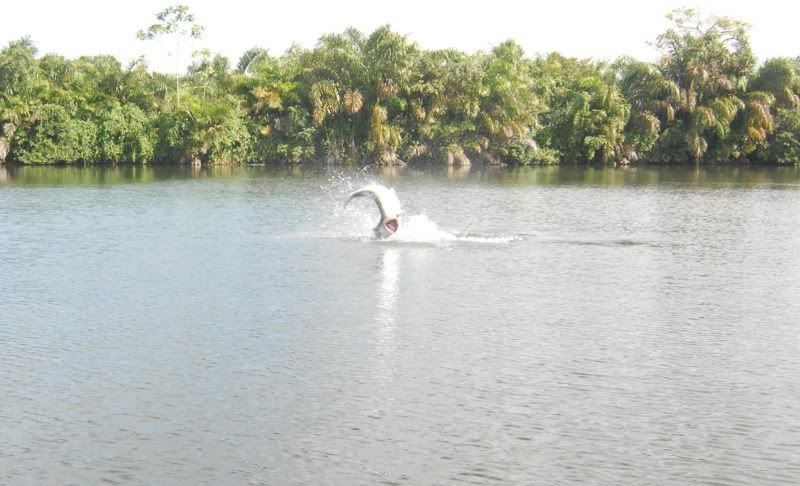

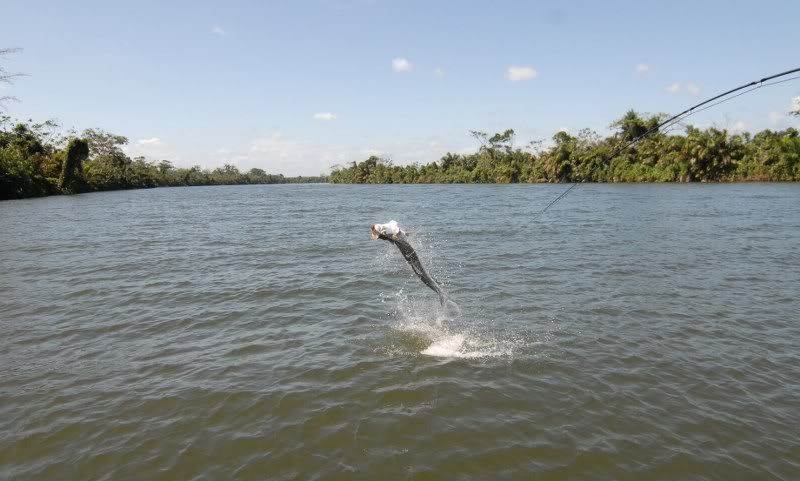


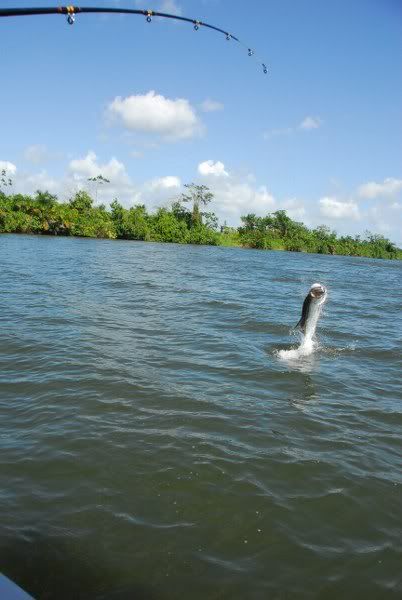

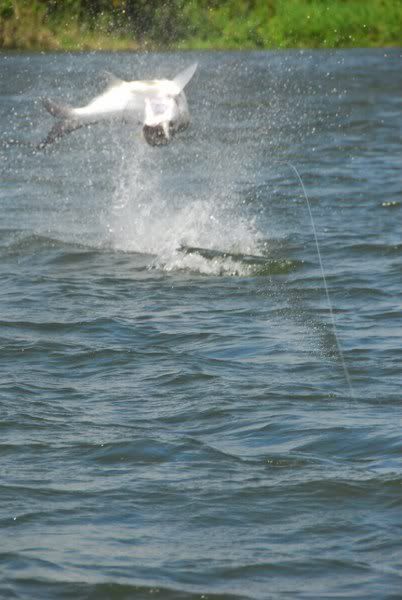








































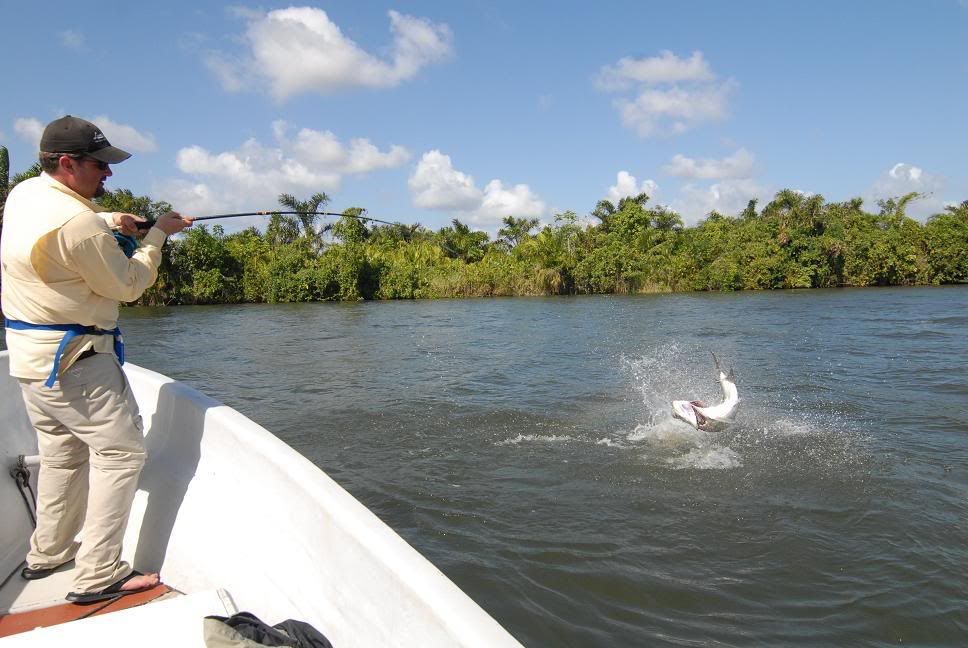
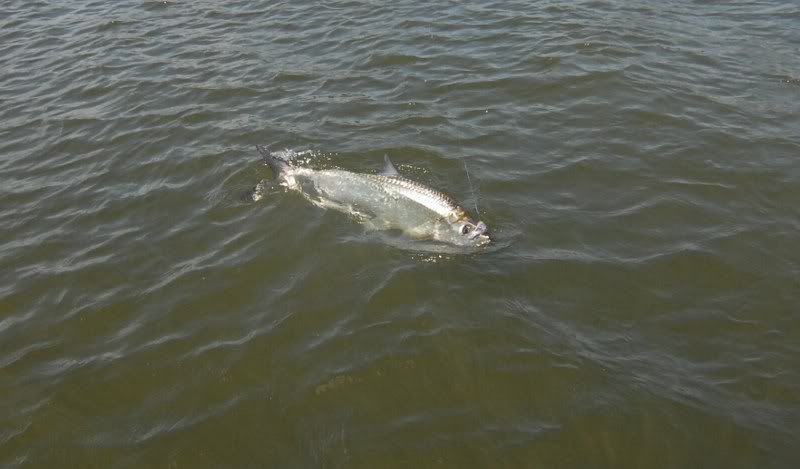
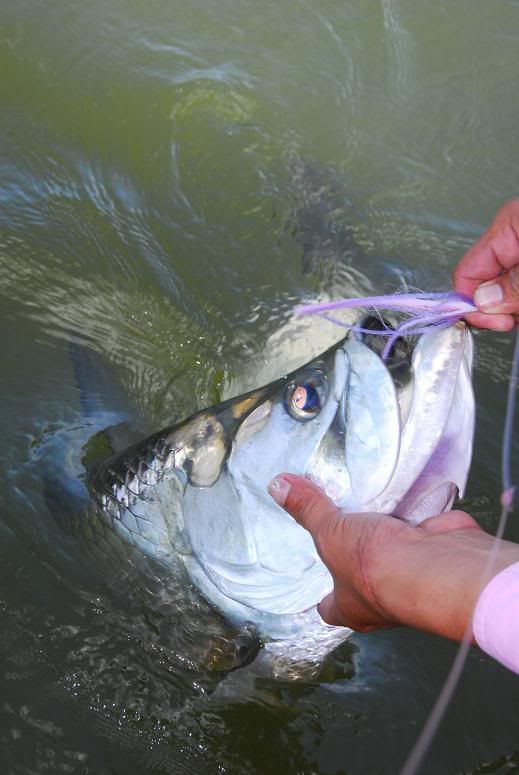
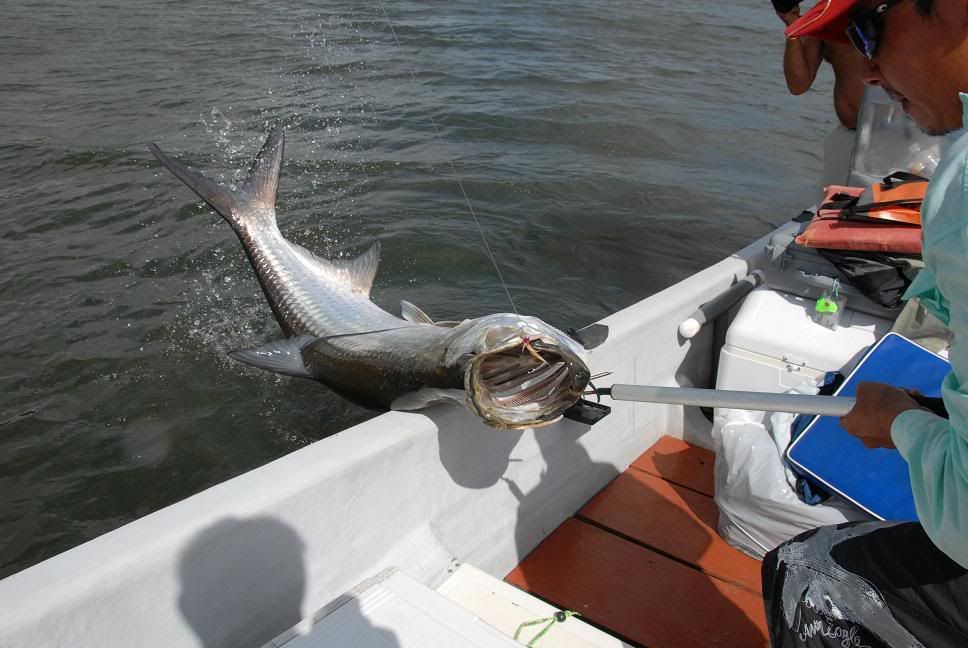
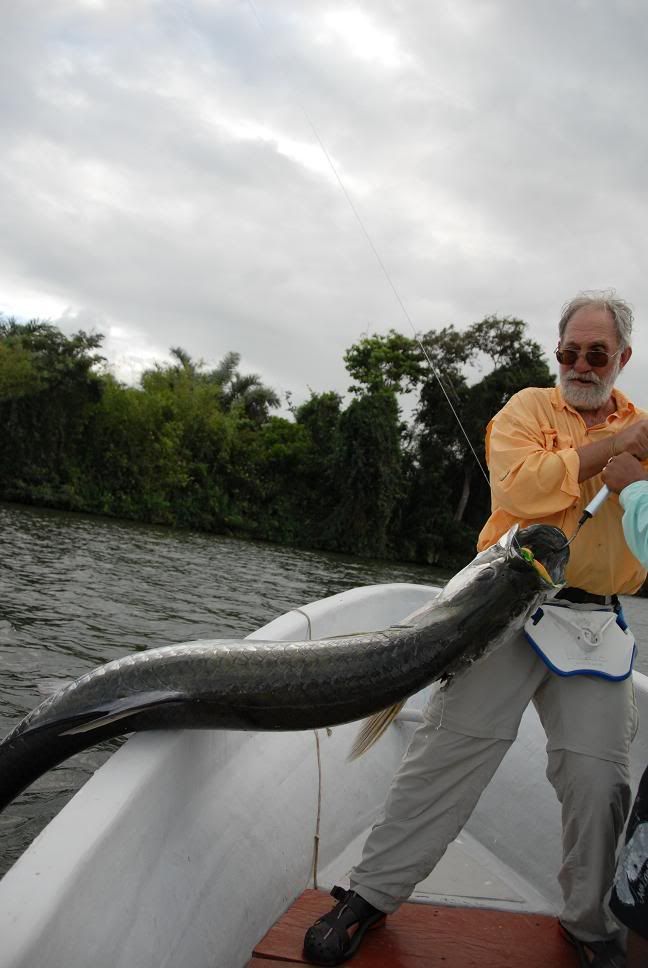

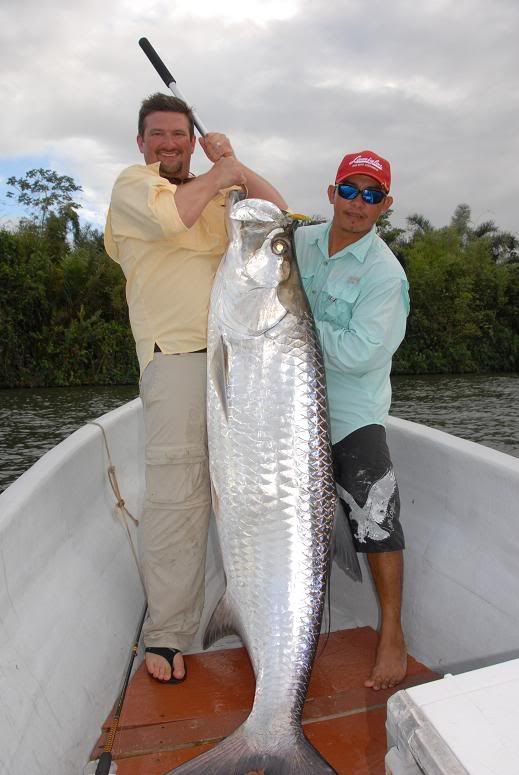
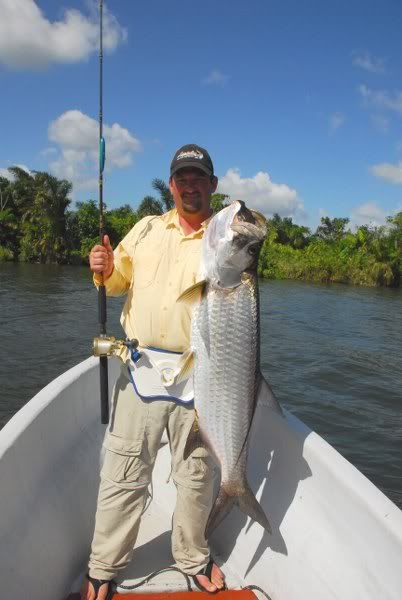


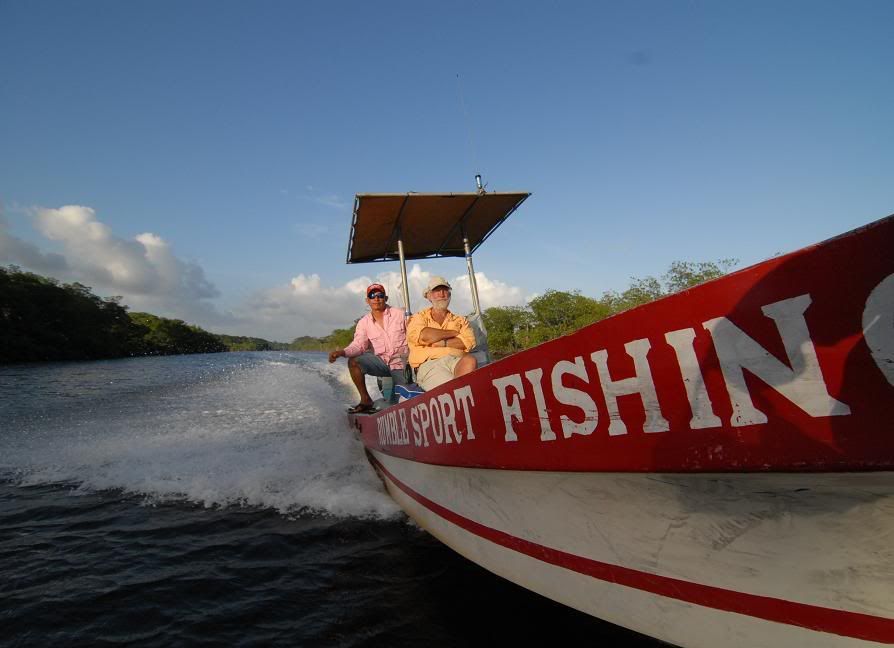
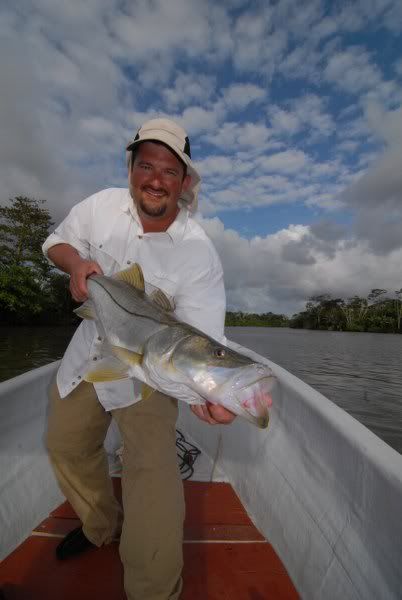

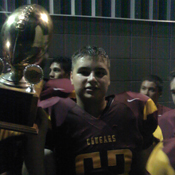


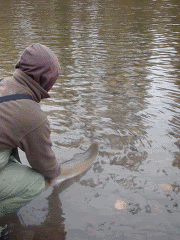



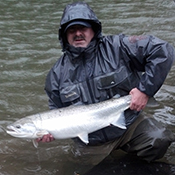
 Previous Topic
Previous Topic Index
Index

